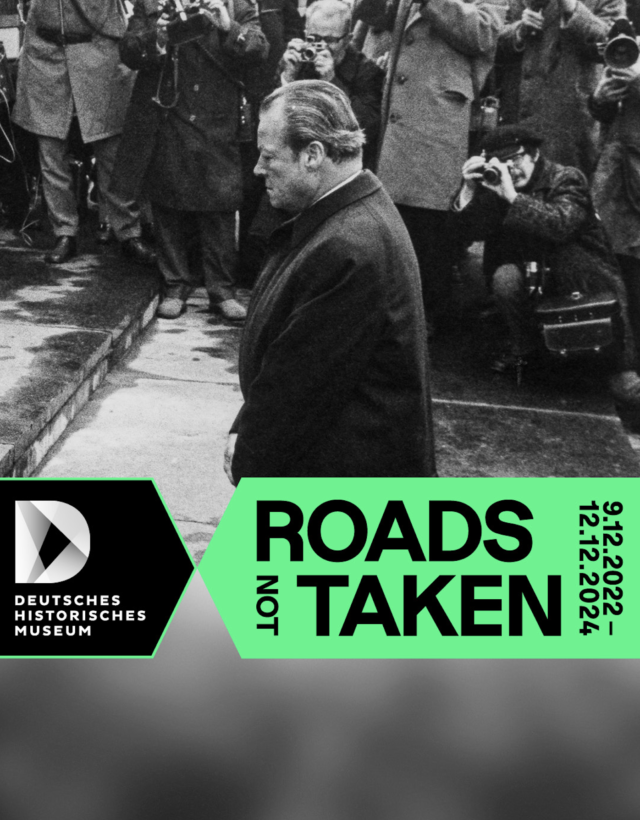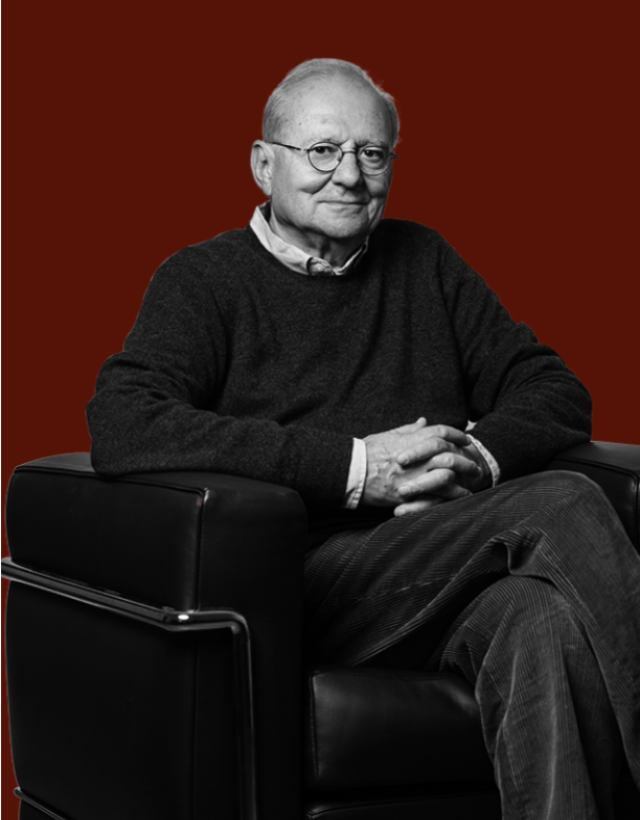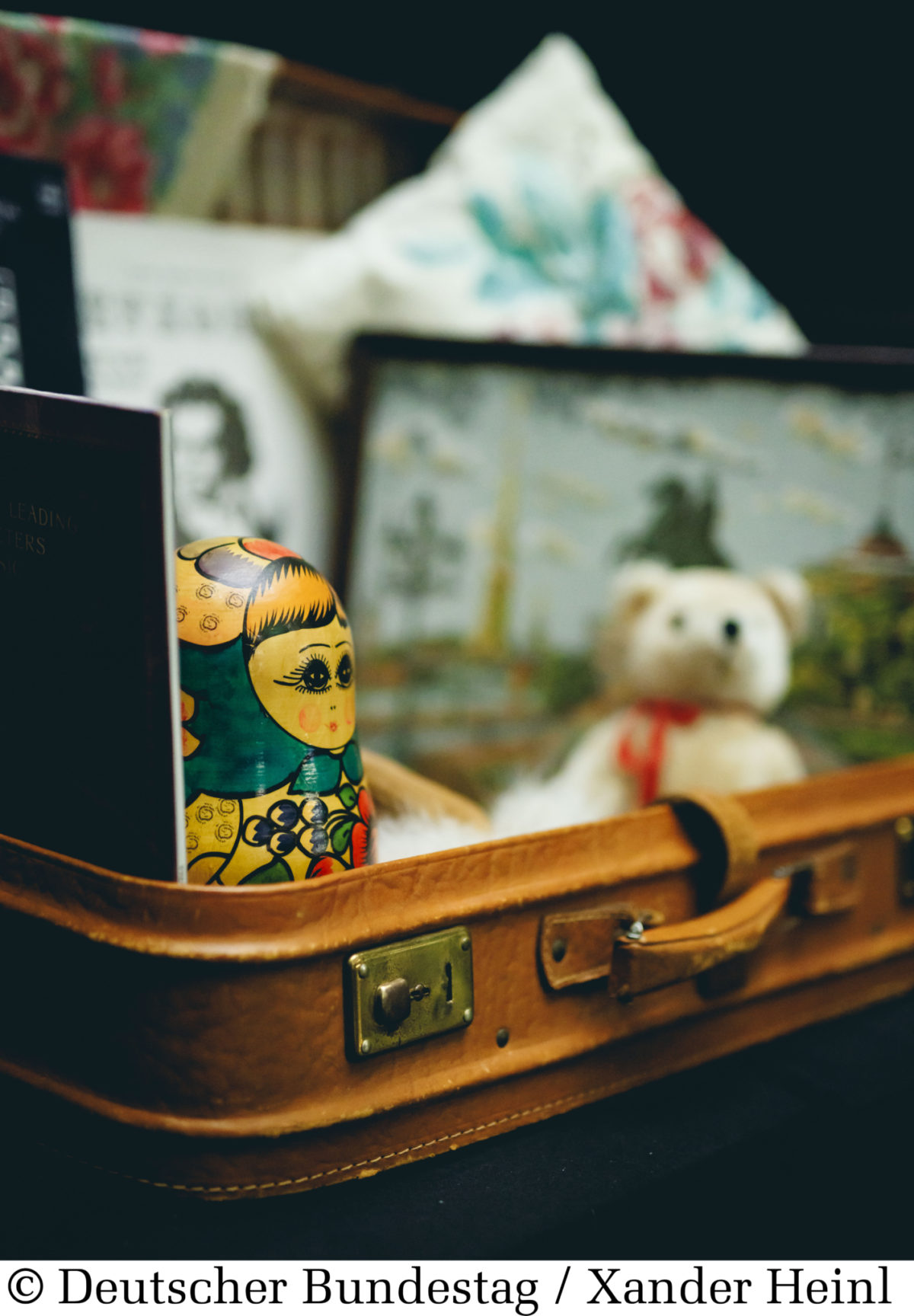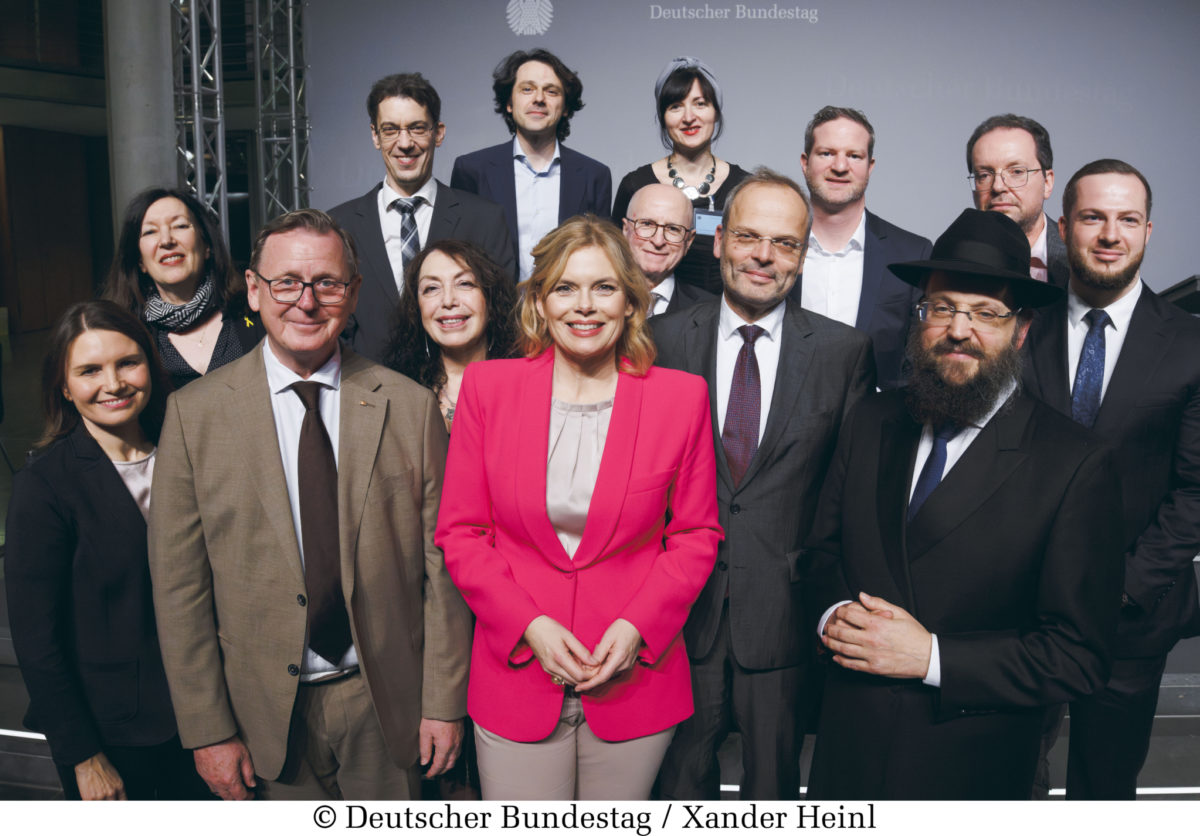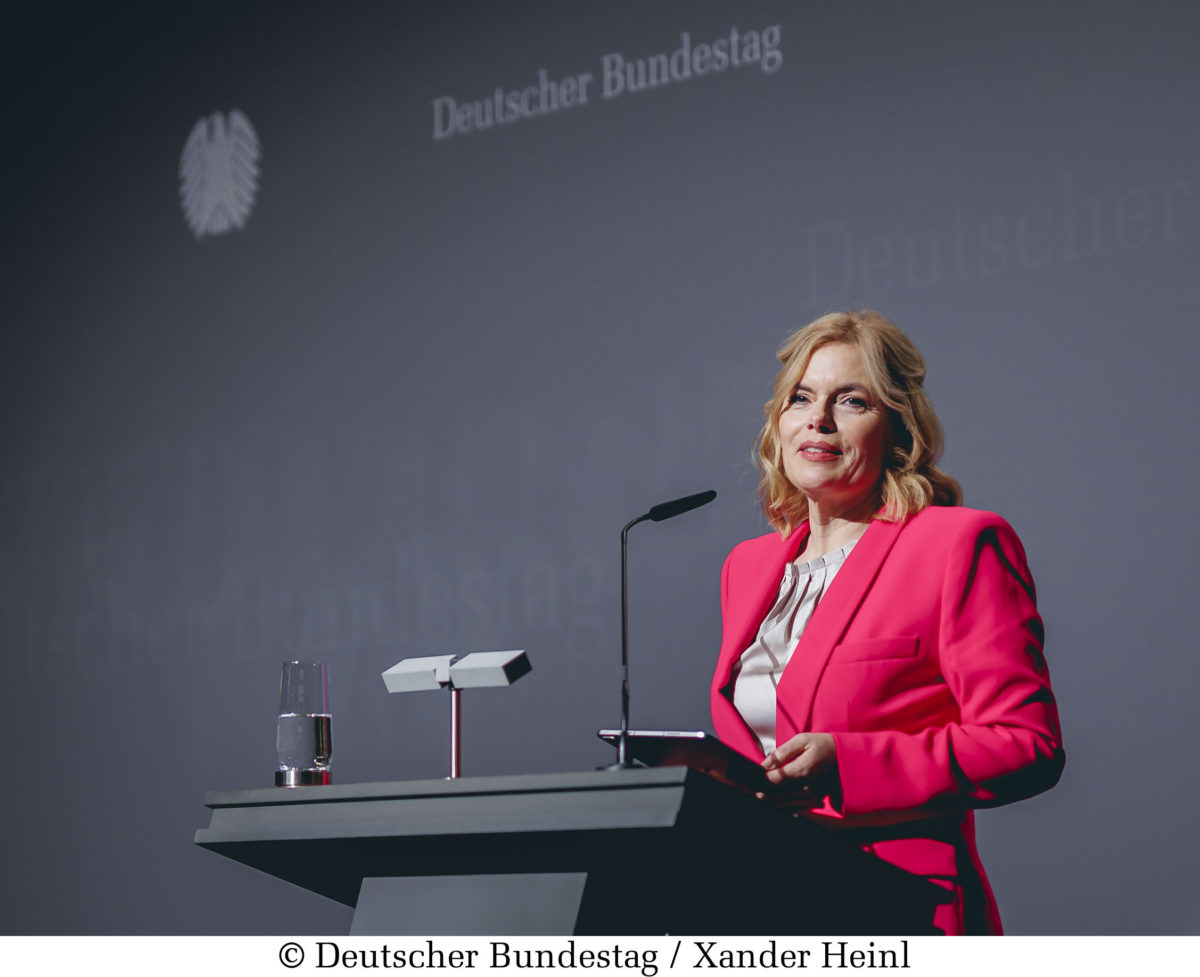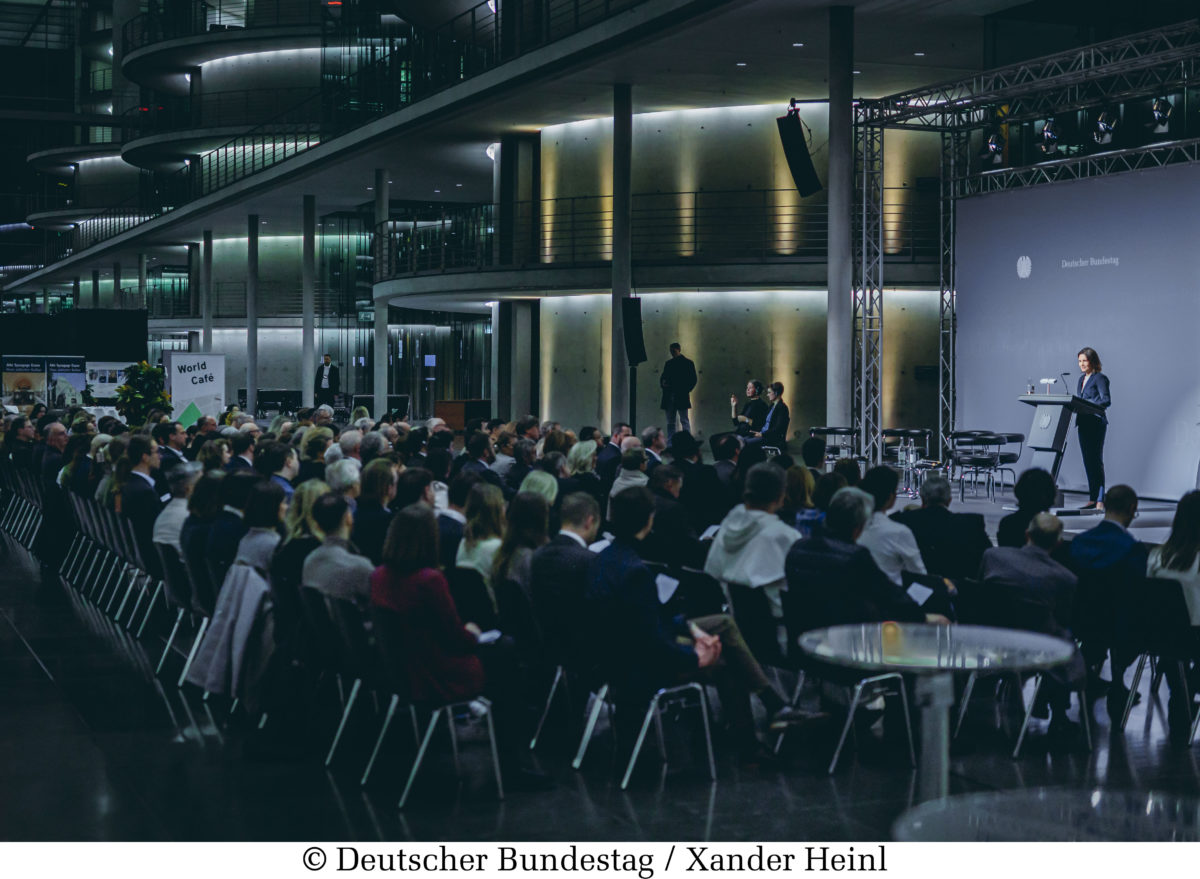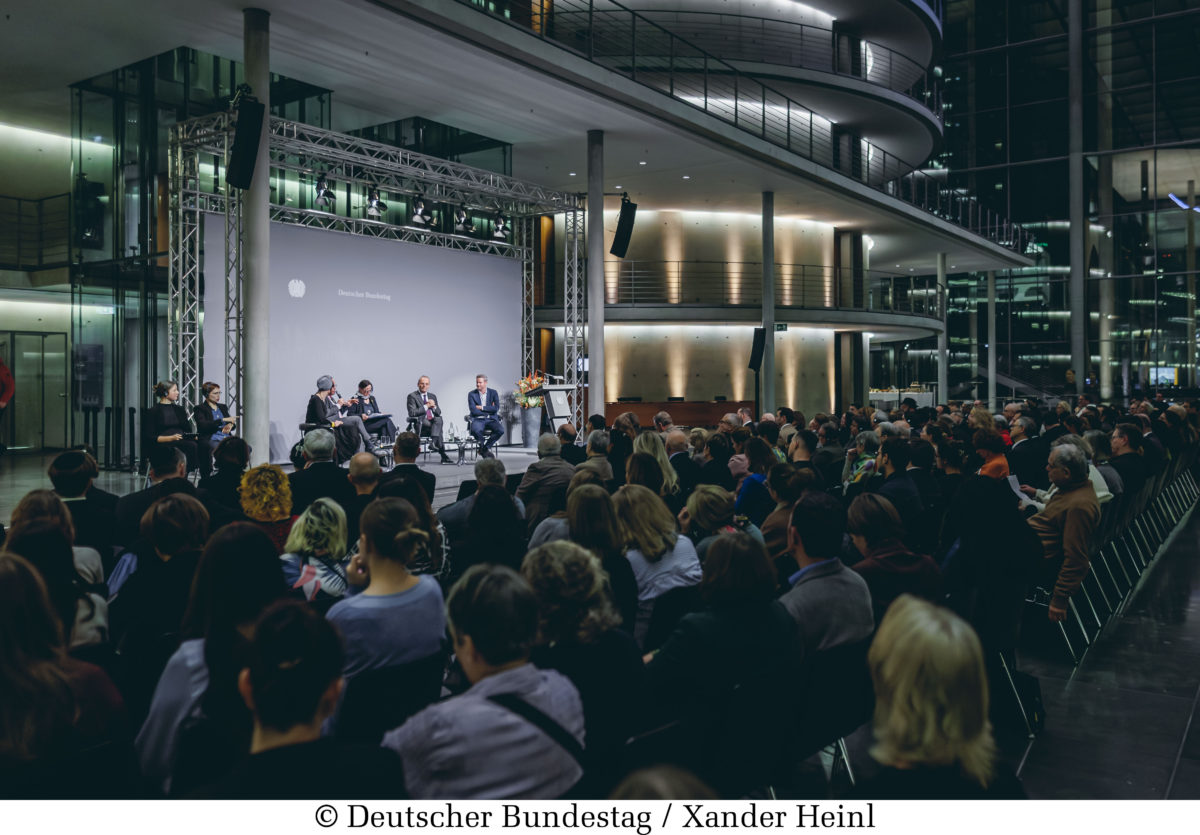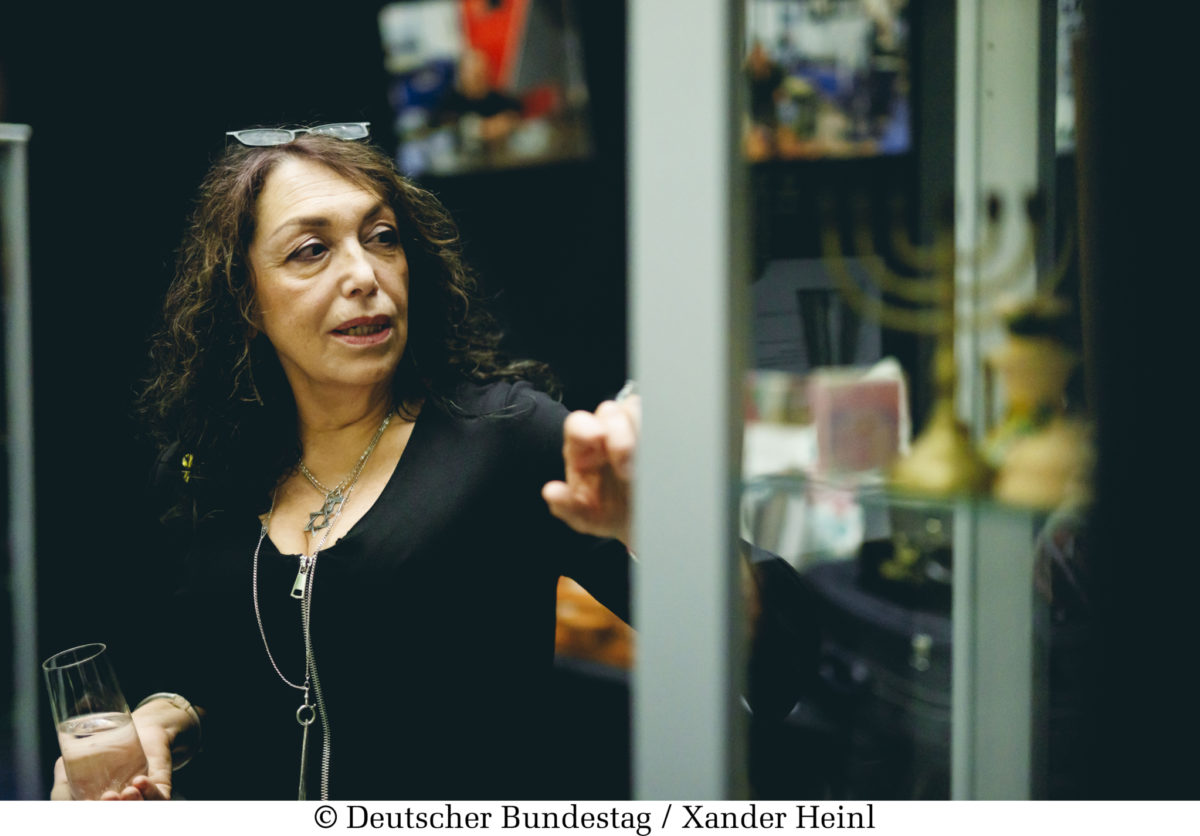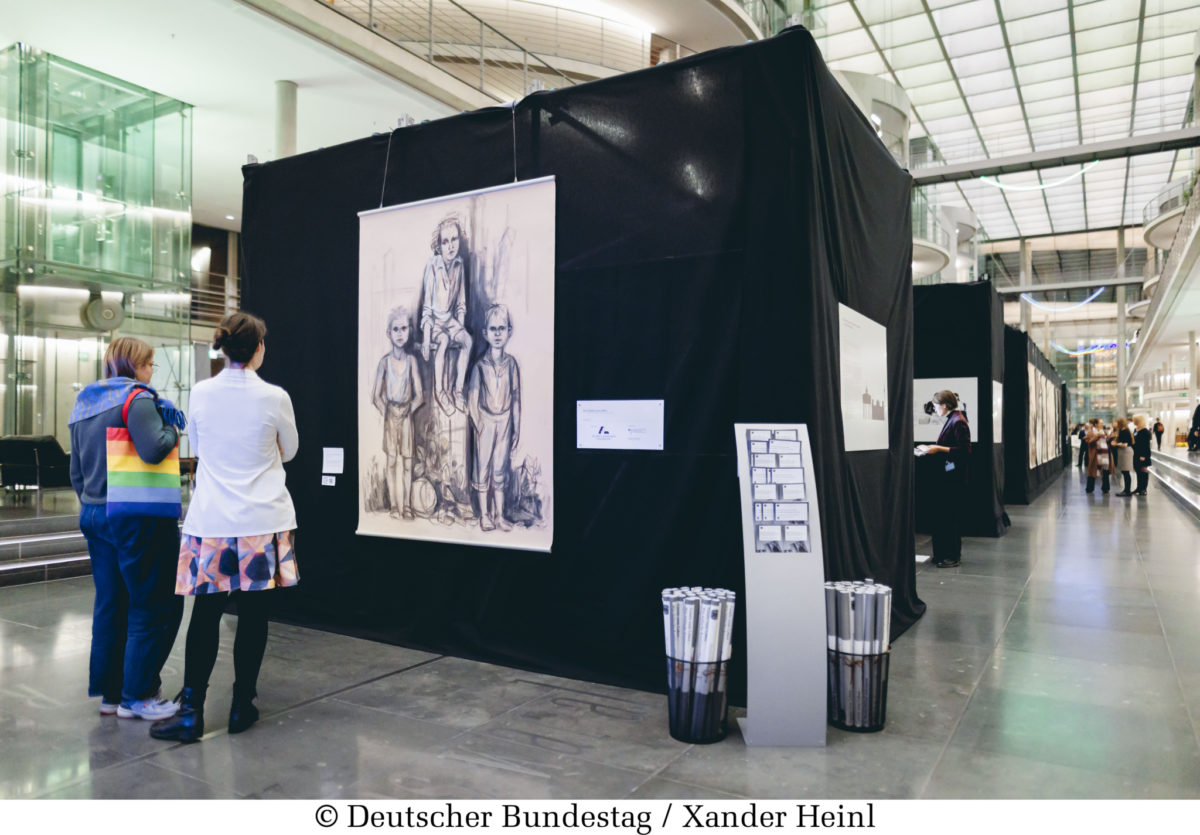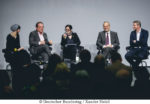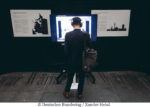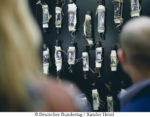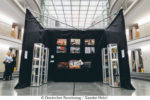On 11 November 2025, the A Law for Life – How Jewish Quota Refugees Arrived in Germany (Gesetz zum Leben – Wie jüdische Kontingentflüchtlinge in Deutschland ankamen) exhibition opened at the Paul Löbe Building of the German Bundestag. It sheds light on a formative chapter in Germany’s migration history: the admission of Jews from the successor states of the Soviet Union beginning in 1991. The exhibition is funded by the Alfred Landecker Foundation in support of Holocaust remembrance and the strengthening of Jewish life today. It was developed with the kind support of the Federal Government Commissioner for Jewish Life in Germany and the Fight against Antisemitism, Dr Felix Klein, the Central Council of Jews in Germany, and the Central Welfare Board of Jews in Germany (ZWST).
A Law That Enabled New Beginnings
The exhibition explores the quota refugee process that, beginning in 1991, allowed Jewish migrants to enter Germany on humanitarian and historically moral grounds, with the aim of re-establishing Jewish life in the country. The legal foundation was the 1980 Act on Measures for Refugees Admitted under Humanitarian Relief Operations—originally designed for Vietnamese boat people.
In 1991, the Conference of Interior Ministers extended this legislation to Jewish émigrés, exempting them from individual asylum proceedings. Over the years that followed, more than 200,000 people—primarily from Russia, Belarus, Ukraine and Uzbekistan—migrated to Germany, where they have since been shaping Jewish communal life. The Central Council of Jews in Germany played a pivotal role as a liaison between the Jewish community and the federal government. Under the leadership of Heinz Galinski, the Council advocated for a generous and responsible admission policy—rooted in Germany’s historical responsibility. The exhibition traces both the political process and the personal stories behind it.
Stories That Continue to Shape Jewish Life in Germany
The history of Jewish quota refugees is an essential part of Jewish life in contemporary Germany. Against the backdrop of rising antisemitic incidents, the exhibition invites visitors to reflect on memory, identity, and the future of Jewish life in the country. It shows how the newcomers transformed and shaped Jewish communal life: more than 100,000 Jews joined communities that, at the time, numbered only around 30,000 members. While this helped rejuvenate Jewish institutions, many newcomers faced significant linguistic, cultural, and religious barriers. While the Central Council negotiated the political framework, the ZWST played a leading role in implementing the practical aspects of integration. The exhibition highlights this shared responsibility.Personal Stories Take Centre Stage
Through official documents and private keepsakes -from prayer books to children's drawings - the exhibition reveals what accompanied people on their uncertain journey into the unknown. Interviews with eyewitnesses, photographs, artworks and personal objects offer insight into the lives, perspectives, and challenges of the migrants: their arrival, their hope for a fresh start, their search for identity - and the rejection many experienced along the way. At multimedia terminals, visitors can follow debates from the era among Bundestag members as they struggled with language, responsibility, and moral clarity - debates that extended far beyond mere administrative procedure. A special focus is placed on the artwork of Era Freidzon, herself a former quota refugee and the exhibition’s curator. Her poetic visual language explores loss, belonging, and the emotional terrain of displacement and arrival. The exhibition makes clear: integration is not a finished process. Old-age poverty, antisemitism, and questions around inclusion and participation remain pressing issues today.The Bundestag Acknowledges a Key Chapter in German History
Bundestag President Julia Klöckner began the opening ceremony at the Paul Löbe Building by welcoming the guests. Speeches followed by Mark Dainow, Vice President of the Central Council of Jews in Germany; Lena Altman, Co-CEO of the Alfred Landecker Foundation; and Rabbi Yehuda Teichtal, Chairman and Chief Rabbi of the Chabad Jewish Community of Berlin.
In her address, Lena Altman spoke of the lasting significance of this migration:
“This exhibition reminds us that Jewish life in Germany didn’t simply return—it was rebuilt. Rebuilt by people who reshaped language, identity, and belonging. Our task is to ensure that this life is not just possible here—but worth living.”
The event continued with a panel discussion featuring Dr Felix Klein, Federal Government Commissioner for Jewish Life in Germany and the Fight against Antisemitism; Aron Schuster, Director of the ZWST; Dr Anastassia Pletoukhina, social scientist and director of the Nevatim programme at the Jewish Agency for Israel; and Dr Dmitrij Belkin, historian and CEO of the Nathan Peter Levinson Foundation. The panel was chaired by journalist Sharon Adler.
Dr Felix Klein highlighted the pragmatic yet historically significant nature of the decision to admit Jewish quota refugees - taken at a time of growing right-wing extremism in the early 1990s, alongside the arrival of 600,000 people fleeing disintegrating Yugoslavia. Aron Schuster emphasised the ZWST’s key role in practical, long-term integration work, and pointed to the ongoing challenges many former quota refugees face today, including widespread old-age poverty. Despite a relatively high proportion of university graduates among the migrants, many qualifications were not recognised - or only years later - leading to professional setbacks and low pensions.
Dr Dmitrij Belkin, himself a former quota refugee, spoke about opportunities which often remained unseized: for many, the journey into the unknown meant that their skills and expertise would never be properly acknowledged. Dr Anastassia Pletoukhina, who arrived in Germany in 1998, offered a vivid account of the contradictions of arrival - of rediscovering Jewish identity while facing limits to belonging. Many, she noted, were excluded from communities because they were not halachically Jewish (i.e. they did not have a Jewish mother). Her experience reflects the complex questions raised by the exhibition: What does it mean to arrive? And who gets to belong?
At the end of the opening, attendees were invited to take part in a “World Café” and share their views on “Between Origins and Futures: Jewish and Post-Soviet Voices in German Culture.” Artist and curator Era Freidzon, together with Vadim Basin, Head of Public Affairs and spokesperson for the Chabad Jewish Community of Berlin, guided guests through the exhibition.
Venue: Paul Löbe Building, West Entrance, German Bundestag
Dates: 12 November – 10 December 2025
Opening hours: Monday to Friday, 9:00 am – 5:00 pm
Registration: Required via the official registration form at least two working days in advance. Visits begin on the hour.
More information: Available on the German Bundestag website.

